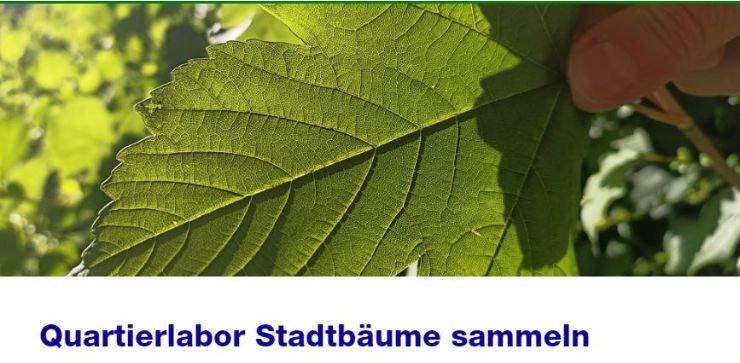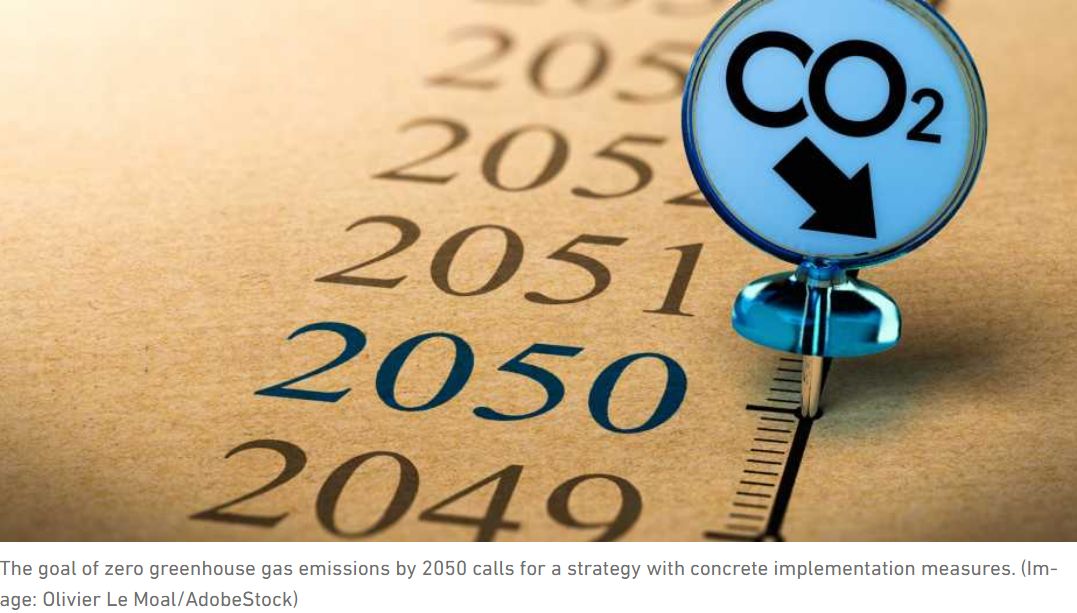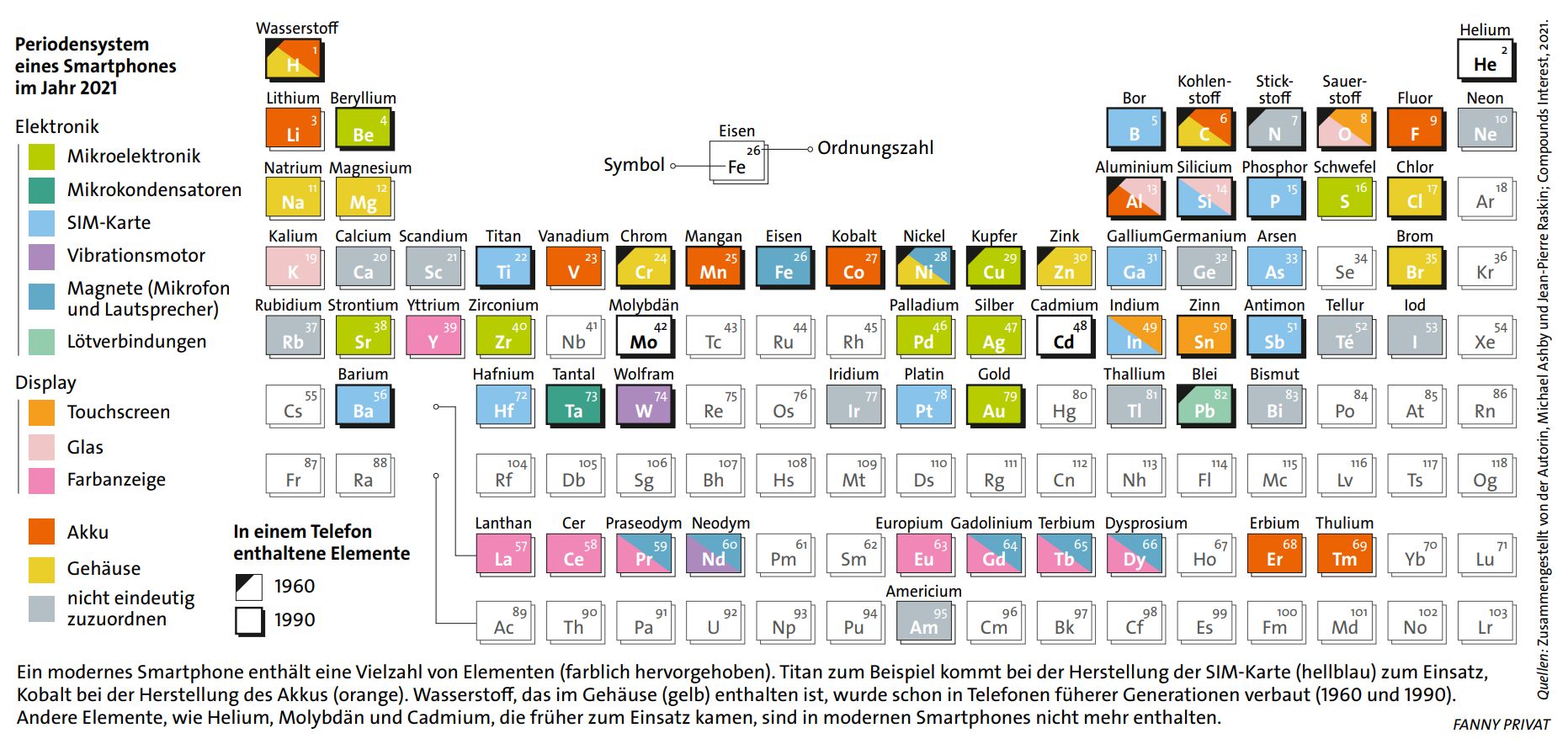
Picture of the Internet, without source.
Tiziano Di Paola
CO2NTROL - Play SRF
Every week a new edition with a new subject!
Check it out!
Voting for the city tree laboratory >here (mitwirken.stadt-zuerich.ch)

Bäume sammeln - Bäume kennen - Bäume schützen.
"Stadtideen" ist ein Projektwettbewerb der Stadt Zürich und bis am 7.11. dürfen alle Personen, die in Zürich leben, arbeiten oder ihre Freizeit verbringen für ihre 5 Lieblings-Stadtideen abstimmen, die sie in Zürich umgesetzt sehen möchten.
Wir freuen uns über Ihre Stimme zu unserer Idee «Quartierlabor Stadtbäume sammeln». Das Abstimmungsprozedere ist zugegeben etwas aufwändig - anbei eine Mini-Anleitung (PDF).
fuer-stadtideen-abstimmen_how-to.pdf (439.40 kb)

It will take more than a long-term target for 2050 to achieve climate neutrality, says Reto Knutti. Policymakers must take a consistent approach towards net zero, and define a reduction path with specific measures and interim targets.
>Read the article in English (ethz.ch), By Prof. Reto Knutti, ETHZ
>and in German

A modern smartphone contains a large number of elements (highlighted in color). Titanium, for example, is used in the manufacture of the SIM card (light blue), and cobalt in the manufacture of the battery (orange). Hydrogen, which is contained in the housing (yellow), was already used in phones of earlier generations (1960 and 1990). Other elements, such as helium, molybdenum and cadmium, which were used in the past, are no longer present in modern smartphones. (translated by DeepL.com)
=>Full article in German (woz.ch, Le Monde diplomatique, Oct 21): The-eco-sins-of-the-digital-industry.pdf (879.02 kb)
Wir von der Stiftung Clima Now vergeben 100'000 Franken an ein Projekt, das Menschen für das Klima aktiviert. Ich schicke Ihnen die Ausschreibung, weil sie für Schülerinnen und Schüler interessant sein dürfte. Würden Sie eine gute Sache unterstützen und die Ausschreibung intern oder über Social Media teilen? Das wäre grossartig. More...
Anabel and I found an amazing article on global warming. Since it is a very long article, we decided to split the work between the two of us. I am going to talk about communication of facts and causes. Anabel will write about the effects and measures.
Global warming
Global warming is the phenomenon of increasing average air temperatures of the earth. Since the middle of the 20th century, climate scientists have gathered (zusammentragen, sammeln) detailed observations of various weather phenomena and of related influences on climate.
Facts
The global warming: Increase in the global average surface temperature resulting from enhancement of the greenhouse effect, primarily by air pollution.
Many scientists predict that such an increase of the temperature would cause polar ice caps (Eisschicht) and mountain glaciers to melt rapidly significantly raising the levels of coastal waters (Küstengewässer) and would produce extremes of drought (Dürre) and rainfall, seriously disrupting (beeinträchtigen) food production in certain regions.
Causes
A special report noting that human beings and human activities have been responsible for a worldwide average temperature increase of between 0.8 and 1.2 °C of global warming since preindustrial times, and most of the warming observed over the second half of the 20th century could be attributed to human activities.
The predicted rise in temperature was based on a range of possible scenarios that accounted for future greenhouse gas emissions and mitigation (Eindämmung, Minderung) (severty reduction) (Armutsreduzierung) measures and on uncertainties.
Effects
- Significant societal, economic and ecological damage.
- Should carbon emissions continue at their present rate, the increase in average near-surface air temperatures would reach 1.5 °C sometime between 2030 and 2052.
Measures
- By 2015 all but a few national governments had begun the process of instituting carbon reduction plans as a part of the Paris Agreement.
- A rapid transition away from fossil fuel energy.

If you are interested in reading the whole article, here goes to the Article (britannica.com).
The big bluff with CO2 compensations
Whether it's an airline, pizza delivery service or online store: many companies offer their customers CO2 compensation. "Kassensturz" takes a closer look at the environmental promises.
To the video (srf.tv)